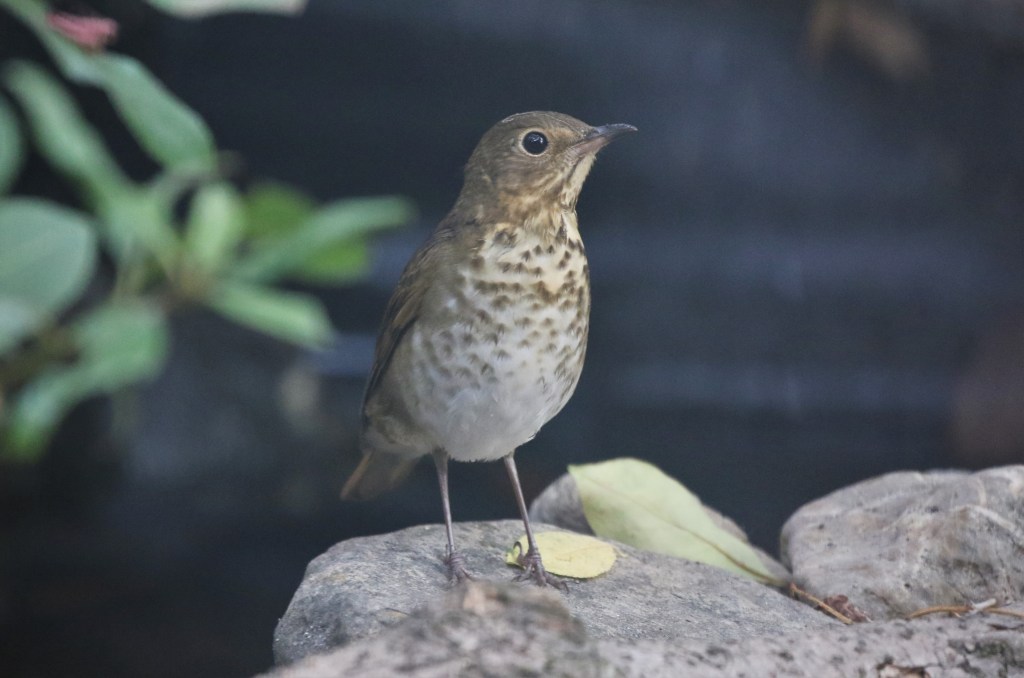Entitled The Birds That Audubon Missed, Kenn Kaufman‘s new book is about much more than just those birds and John James Audubon. What Song of the Dodo was to ecology, this book is to American ornithology – an often fascinating and rollicking tale about the stumbles and successes of early ornithological pioneers. Kaufman was gracious enough to send me an advanced copy; the book comes out in two weeks and can be pre-ordered here. For me, it inspired these reflections.

Traveling without binoculars, early ornithologists relied on shotguns and specimens to distinguish new species. They focused on things like toe palmations – an early name for the Willet was Semipalmated Snipe. They got a lot wrong. Out of shotgun range in the middle of lakes, Western and Clark’s Grebes were widely considered to be Great-crested Grebes, a European species, for nearly half a century. Sexually dimorphic and highly migratory, the Red Knot was divided into eight different species across Europe and America. Meanwhile, birds that looked alike – small plovers, Catharus thrushes, Empidonax flycatchers – were often lumped.

A huge caveat, of course – and Kaufman makes this clear – is that we’re talking about white European colonizers here. Because much of their work coincided with ethnic cleansing, the early settlers also lacked meaningful exchange of knowledge with their Native counterparts. Without both binoculars and shotguns, early Indigenous knowledge-keepers had one advantage – they focused on bird songs and calls, naming most species using onomatopoeias. It would be decades, if not a century, before European ornithologists began listening to birds as keys to their identity. It was only then that those thrushes and flycatchers were separated. Traill’s Flycatcher was only split into Alder and Willow Flycatchers during my lifetime.
The result is that modern ornithology stands on the shoulders of giants who had very wobbly knees, stumbling around the continent like brazen men, refusing to ask directions.

No one was more wobbly and brazen than Audubon, desperately trying to make a living publishing his art and describing new species. In the end, about half the species he described had already been previously described by other European scientists, not to mention Native peoples. Today many of these birds are represented by eponymous bird names with descriptive scientific names (e,g., Euphagus cyanocephalus became Brewer’s Blackbird, and Peucaea aestivalis became Bachman’s Sparrow), because the scientific names strictly adhere to the first name they were given. The English names were more flexible.
Kaufman, ever gracious, puts a positive spin on all this, focusing on how recent our knowledge is, and how much there is still to learn about the birds we all love.

